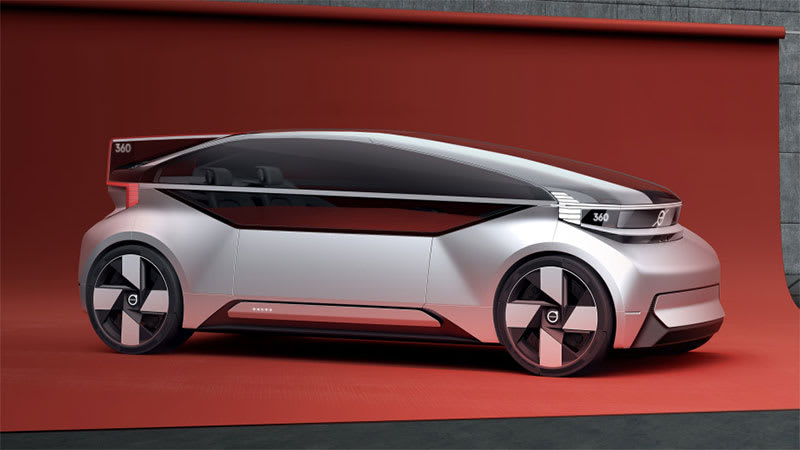Audi Repair Shop Doylestown
Call 267 279 9477 to schedule a appointment

Almost every entity with an interest in the coming world of self-driving cars has complained about the federal government’s standoffish approach. The public and safety advocates wanted the government to prescribe rules to maximize safety; states and politicians made their own rules in the absence of federal structure; and automakers, startups and investors wanted the government to limit the patchwork rulemaking so the nascent market could find an equilibrium. Last week the
National Highway Traffic Safety Administration
(
) announced updated federal guidance called “
Preparing for the Future of Transportation: Automated Vehicles 3.0
“(AV 3.0), and it provided some measure of answer to every party.
AV 3.0 was put together after discussions with states, manufacturers, technology developers, infrastructure overseers, commercial haulers and bus companies. It’s fair to say the automakers, startups and investors get the most out of the new proposals. The document states, “The right approach to achieving safety improvements begins with a focus on removing unnecessary barriers and issuing voluntary guidance, rather than regulations that could stifle innovation,” and that “NHTSA’s current safety standards constitute an unintended regulatory barrier to innovation.” On top of that, U.S. Transportation Secretary
Elaine Chao said in comments announcing AV 3.0
that “The government is not the best place to choose which technology to succeed and which technology to fail.”
The big advance in AV 3.0 is that the government will consider comprehensive transportation automation, looking at how driverless individual transport and mass transit, autonomous commercial freight by truck and rail, and the national infrastructure all can and need to grow up together. For instance, NHTSA has revoked its previous announcement of 10 autonomous proving grounds nationwide; now companies can test anywhere state regulations permit. The government will work with states to encourage, streamline and implement self-driving rules.
The big news in AV 3.0 is that the government will free
from the shackles of human-driven-vehicle regulations. That means interested parties will be able to run cars without steering wheels, pedals, or mirrors on public roads, and
could get exclusions from certain human-driver-oriented safety standards. The definitions of “driver” and “operator” will expand to include automated systems. And the
U.S. Department of Transportation
will “update the 2009 Manual on Uniform Traffic Control Devices, taking new technologies into consideration.” That paves the way for “forward-looking” directives on traffic control devices like stoplights.
Safety advocates certainly have a few items to take issue with, though. Companies will still self-certify their equipment, and file — or not — Voluntary Safety Self-Assessments detailing incidents during testing. As
Car and Driver
noted, “Only four companies —
,
, Waymo, and Nuro — have bothered filing them, and those appear more like PowerPoint presentations than official documents.”
has never filed any. And there are plans to omit the public comment period when a carmaker requests an exclusion from safety regulations for an autonomous vehicle.
More tentative and preliminary changes are in the
, rail and bus industries, in view of their specialized regulations and needs. Yet with AV 3.0, the U.S. begins to achieve a national roadmap for the integration of autonomous vehicles. It will still likely be a bumpy road, though. Raymond Martines, head of the Federal Motor Carrier Safety Administration, said, “Of course, all revolutions come with costs and challenges.” But as some commenters have pointed out, this revolution doesn’t yet come with approval of high-tech OEM headlights.
Related Video:
from Autoblog https://ift.tt/2OLx4NJ
